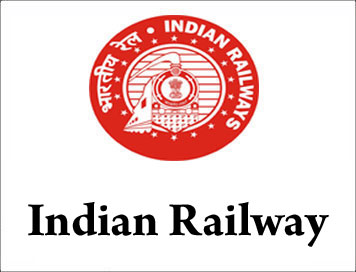(News) Chittaranjan Locomotive Works targets 275 locos for Year 2013-14

Chittaranjan Locomotive Works targets 275 locos for Year 2013-14
When Chittaranjan Locomotive Works (CLW) started operations in 1950, railway locomotives were fired by coal. The energy consumption pattern since then has changed. As have the fuel needs of the Indian Railways.
From coal, CLW moved to electric locos and then to diesel-run ones.
With fuel getting costlier, the Indian Railways’ outfit started manufacturing energy-efficient three-phase locos about a decade ago, though initially it started with small numbers. Having completed 63 years of operations, CLW is now one of the largest electric locomotive makers in the world. During this journey, it has manufactured 15 types of locos.
Apart from serving the Railways, CLW has also contributed to the industrial growth of the Eastern region, and particularly West Bengal.
The locomotive maker will enter a new era, said Radhey Shyam, General Manager, CLW, once it changes the entire fleet to energy-efficient (three-phase) locos by 2015.
Currently, the Railways’ loco requirement is largely served by CLW. For 2013-14, it has been set a target of 275 locos, and CLW is confident of achieving it.
“We will definitely achieve this target. We can also surpass it depending on the availability of funds,” said Shyam.
To increase its production capacity, CLW is setting up an ancillary unit at Dankuni (Hooghly), about 220 km south-east of the existing facility at Chittaranjan. CLW expects to roll out the first three-phase loco from the Dankuni facility by the end of this fiscal.
“The ancillary unit at Dankuni, which is under construction, will have the capacity to manufacture 100 three-phase locomotives a year. We hope to turn out the first locomotive from Dankuni by the last quarter (Q4) of this fiscal,” said Shyam.
According to him, the Dankuni unit will entail an estimated investment of Rs 270 crore. It has tied up with a Japanese company for the technology to develop energy-efficient locos. Capable of hauling goods trains with more freight cars, these locos will also be used for the proposed dedicated freight corridors, said Shyam.
Read More..
Courtesy : Business Line